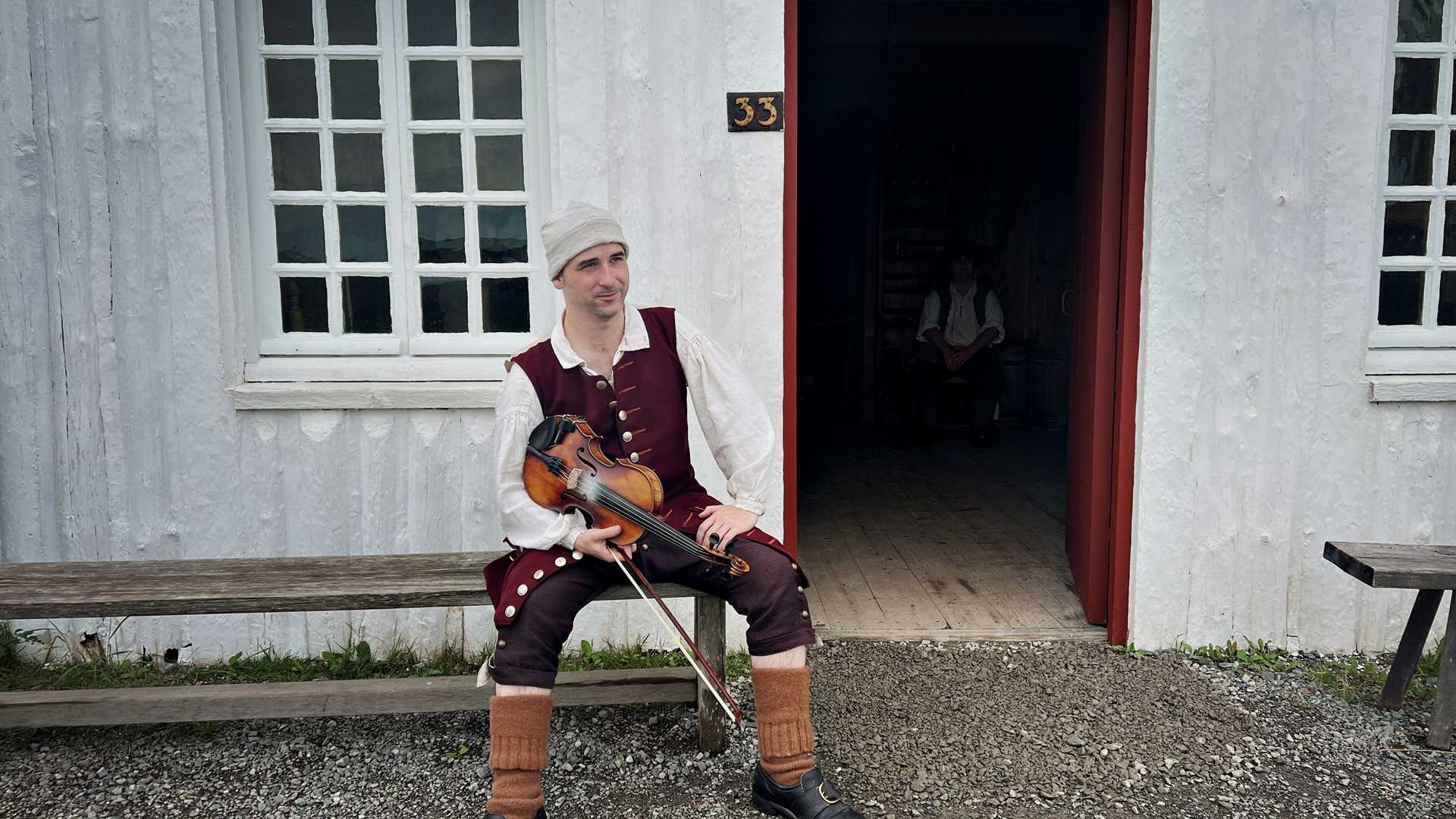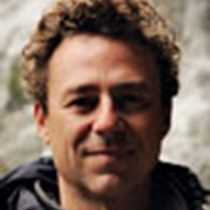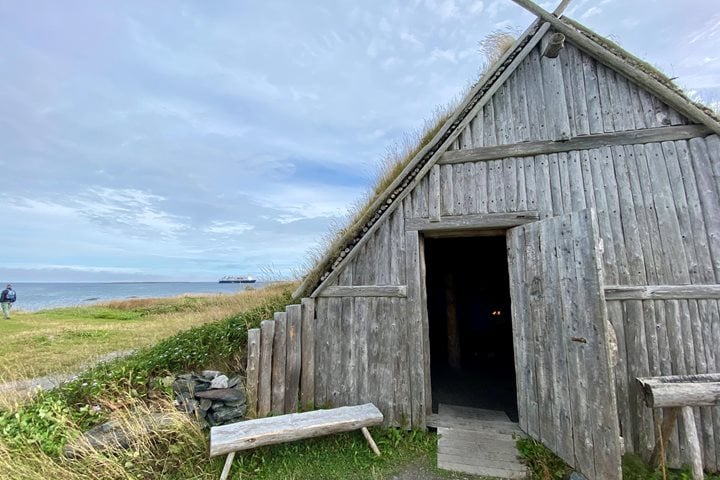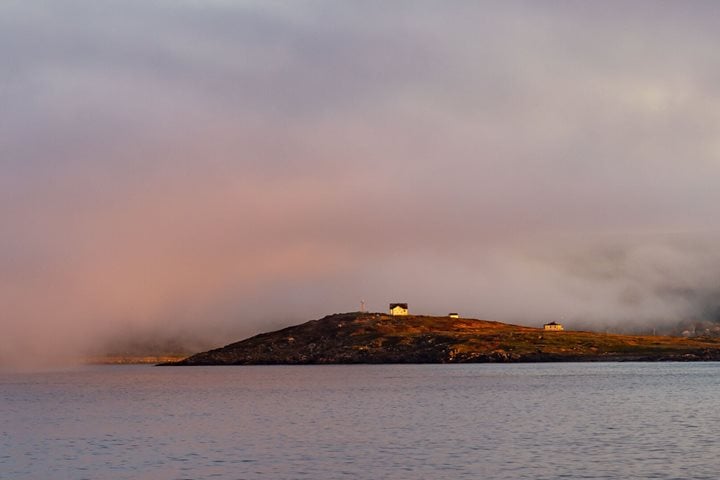Today we explored the fascinating history and culture of Cape Breton, an island at the northeastern tip of Nova Scotia. Originally the home of the Mi’kmaq people, Italian explorer John Cabot (a.k.a. Giovanni Caboto) was perhaps the first European to visit the island in 1497. By the early 1500s fishermen from Brittany, the Basque country, and Portugal were coming here regularly to exploit the abundant supplies of cod.
Our morning focused on the period when the French ruled the island and began building the massive fortress of Louisbourg in 1713. After many years of armed conflict between the British and the French, the fort was destroyed by the British in 1760. In the 1960s the Canadian government rebuilt large portions of the fort, turning it into the living museum we visited today. Guides, dressed in period clothing, performed as characters from the past and offered insights into the daily life of the fortress during the French period. It was exceptionally well done and gave us a great sense of what life was like in Cape Breton of the 1750s.
Outside of the museum’s historically accurate tavern I met a man with a fiddle who called himself Darby Murphy. He told me he was an Irish POW-turned-privateer and demonstrated some of the English, French, Basque, and Irish folk songs that would have been played by his character in that period.
From there, we travelled to Baddeck where we enjoyed a buffet lunch to the lilting Scotch-Gaelic melodies played by The Beaton Sisters. Dawn and Margie Beaton were raised in Mabou, a hotbed of Scottish culture in Cape Breton. Mabou was populated by over 50,000 Gaelic-speaking Scots who fled their homeland in the 19th century to escape the violent land reforms of the Highland Clearances. As children, the Beaton sisters were surrounded by a vibrant Gaelic culture that retained many of the music and dance styles that had died out back in Scotland. They demonstrated why to this day Cape Breton is considered an important cradle of traditional fiddle music and step dancing.
We ended the day with an hour-long boat tour of the Bras d’Or Lake (more accurately an estuary that connects to the open sea). We passed the country estate of Alexander Graham Bell, legendary inventor of the telephone. We then visited an extensive museum that documented the life and inventions of this creative and influential historical figure.







